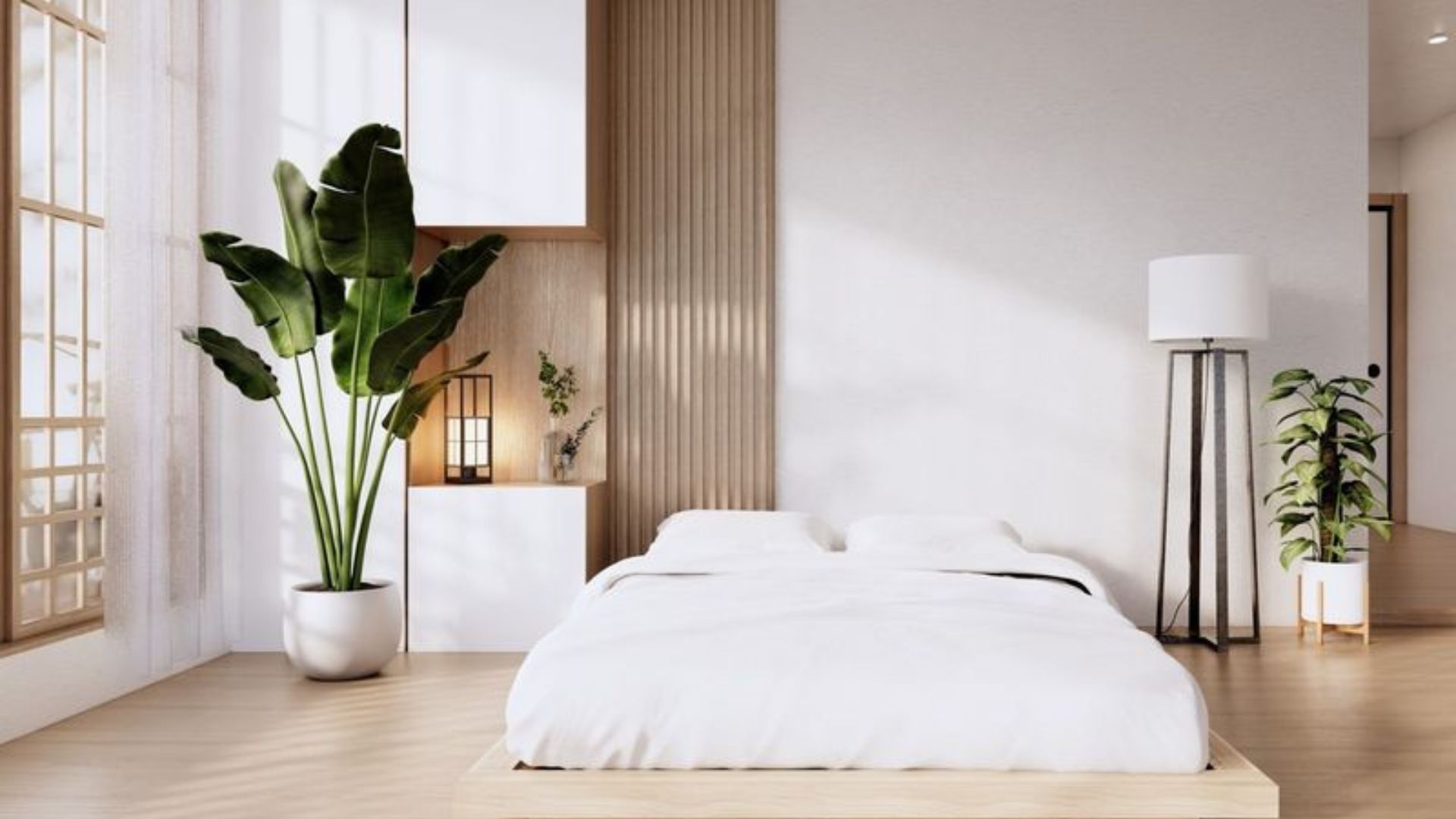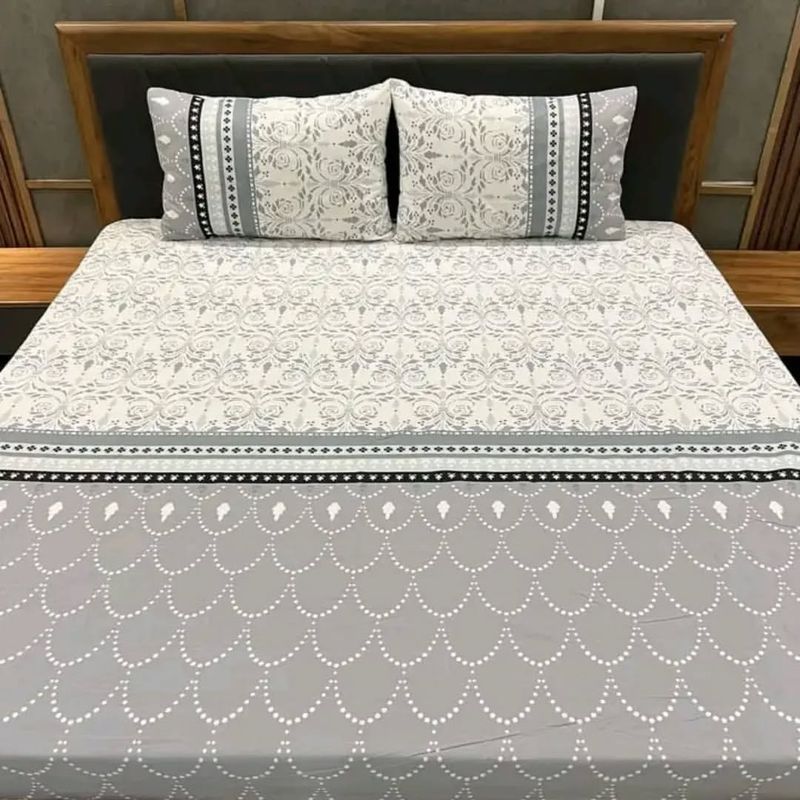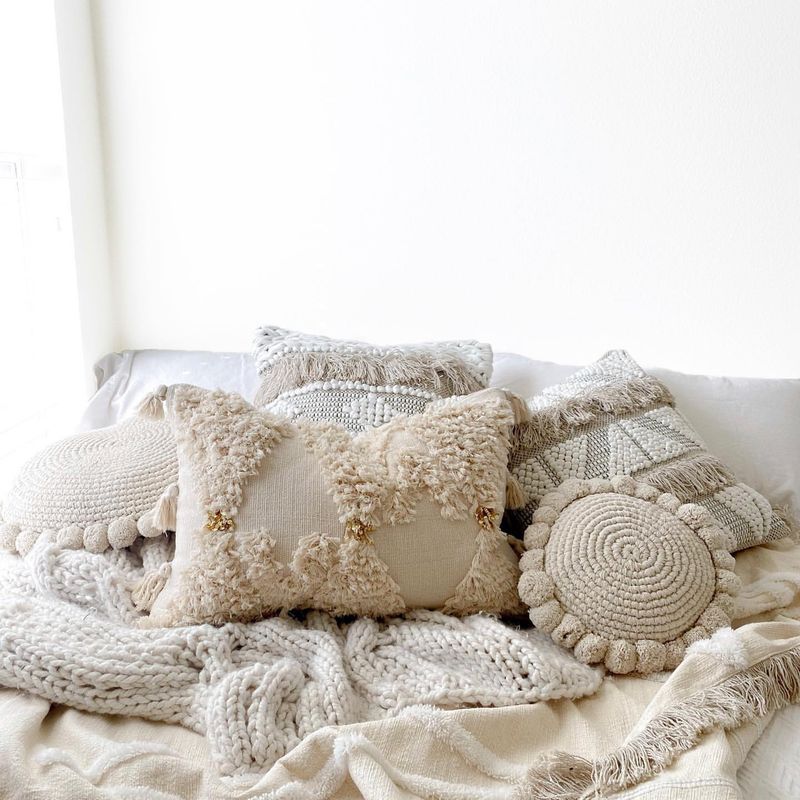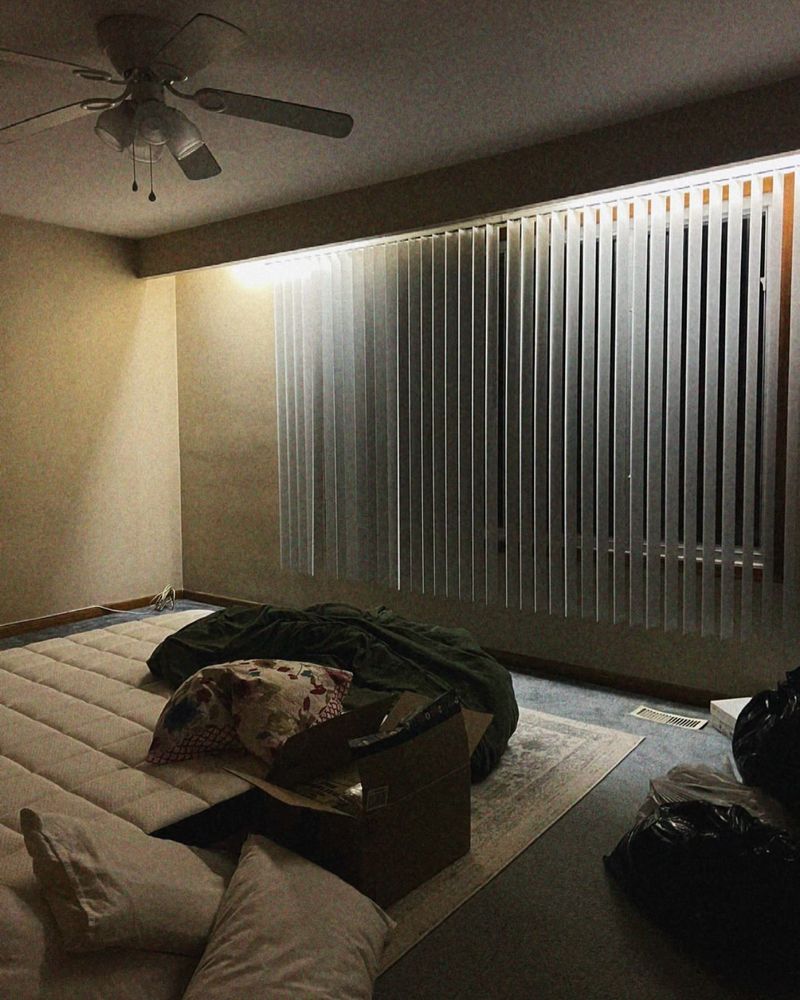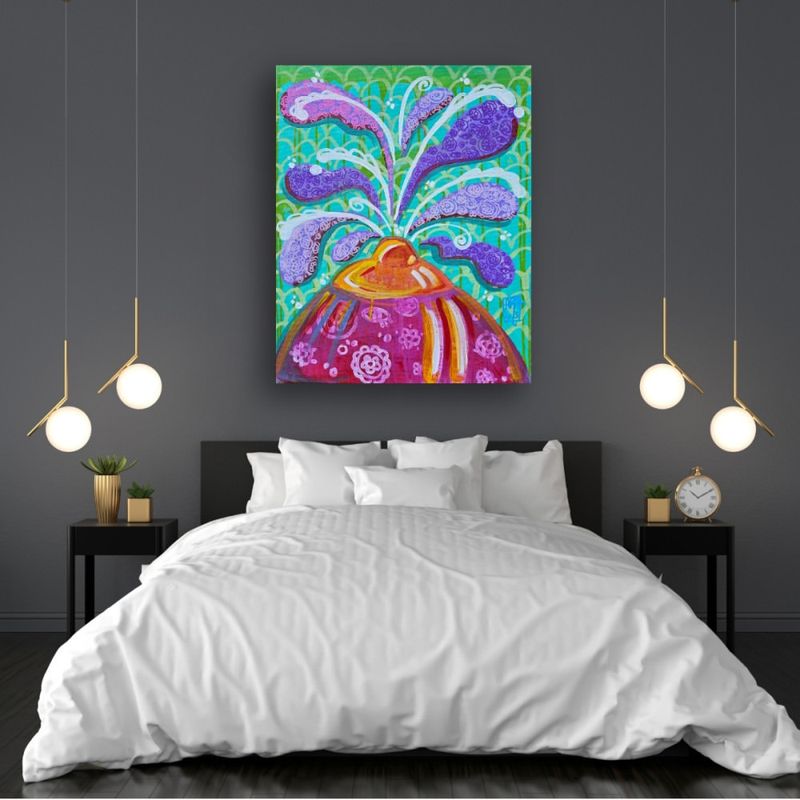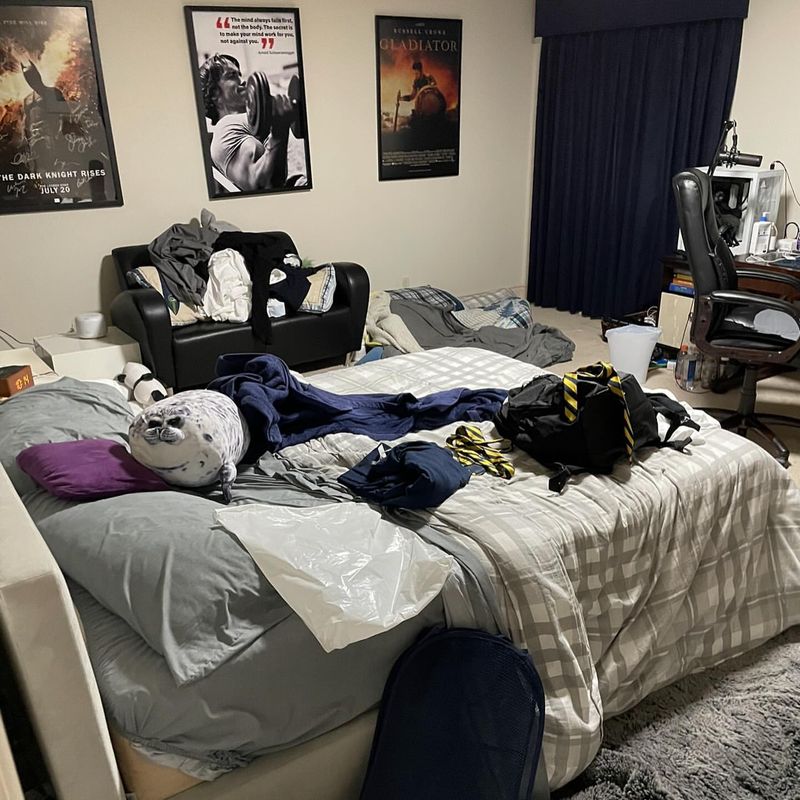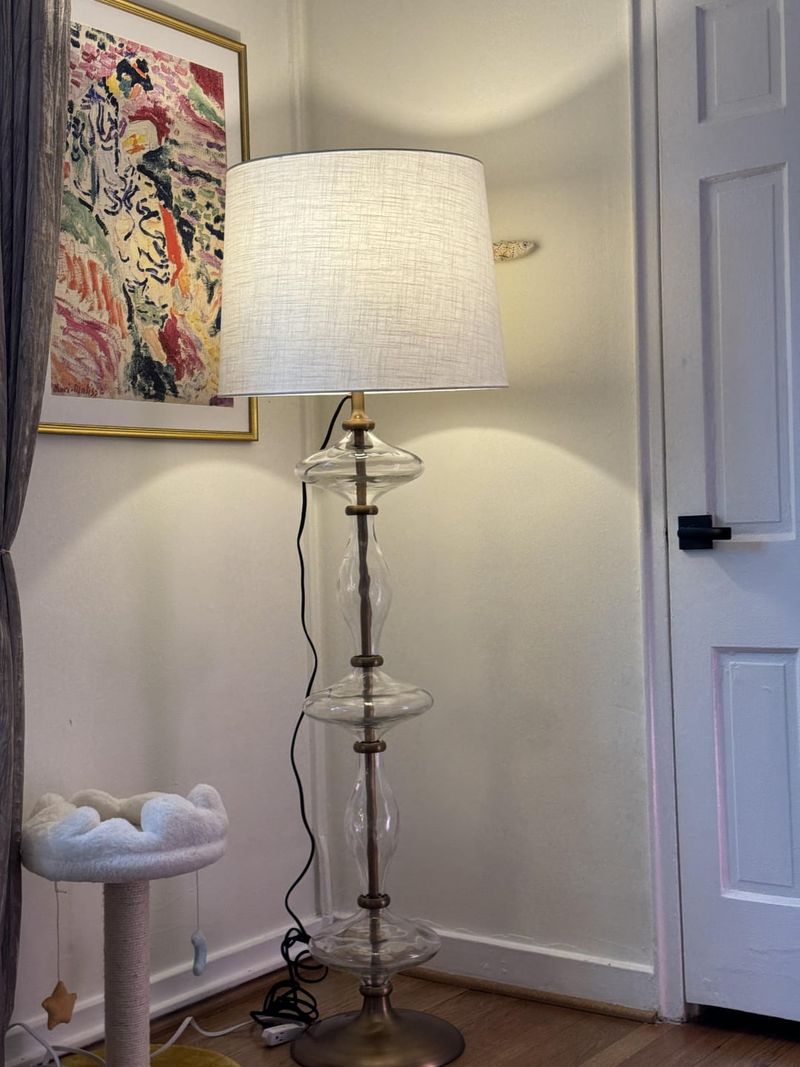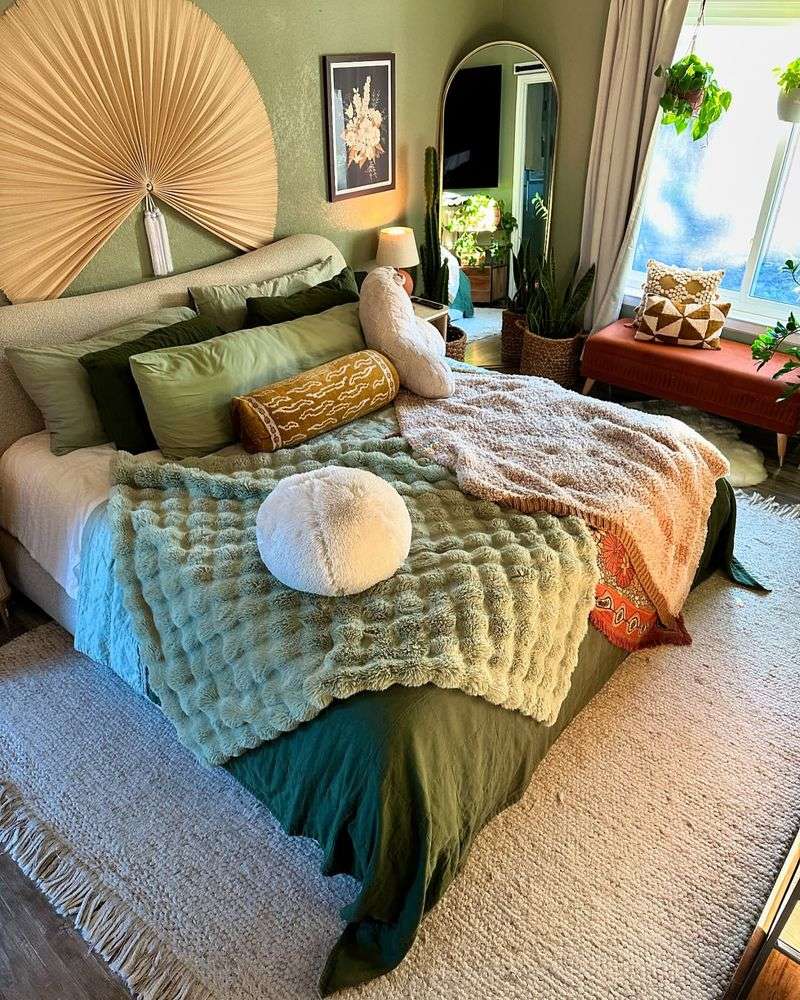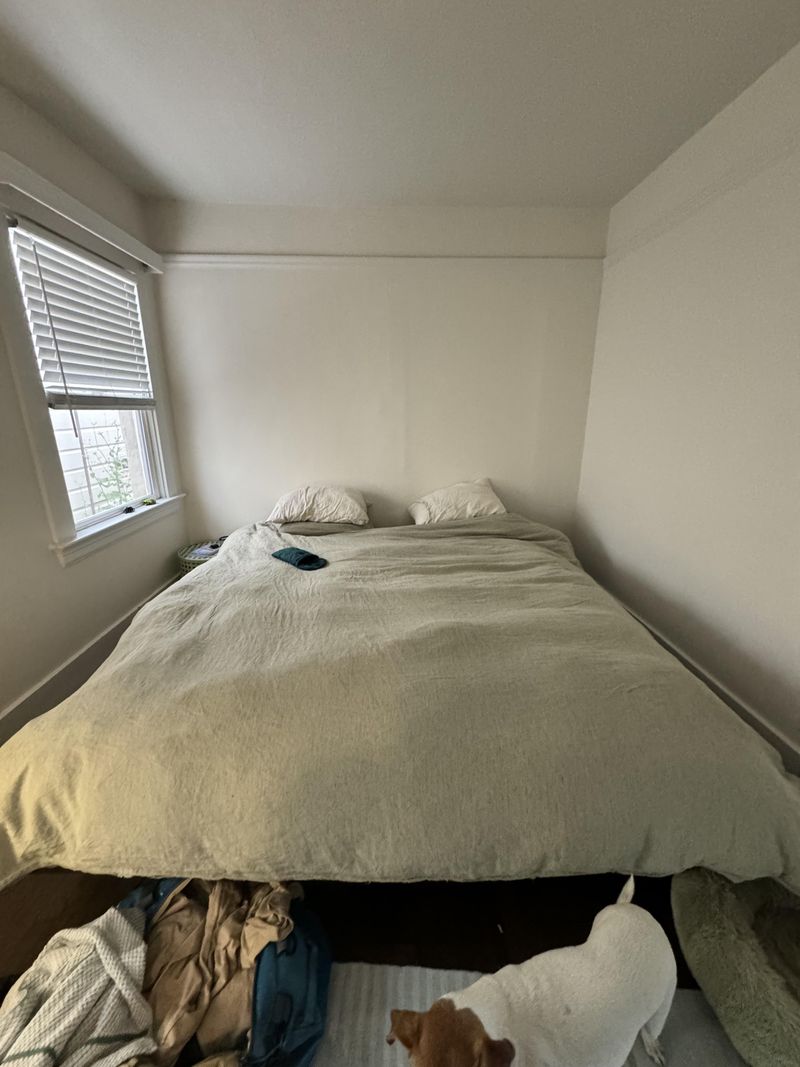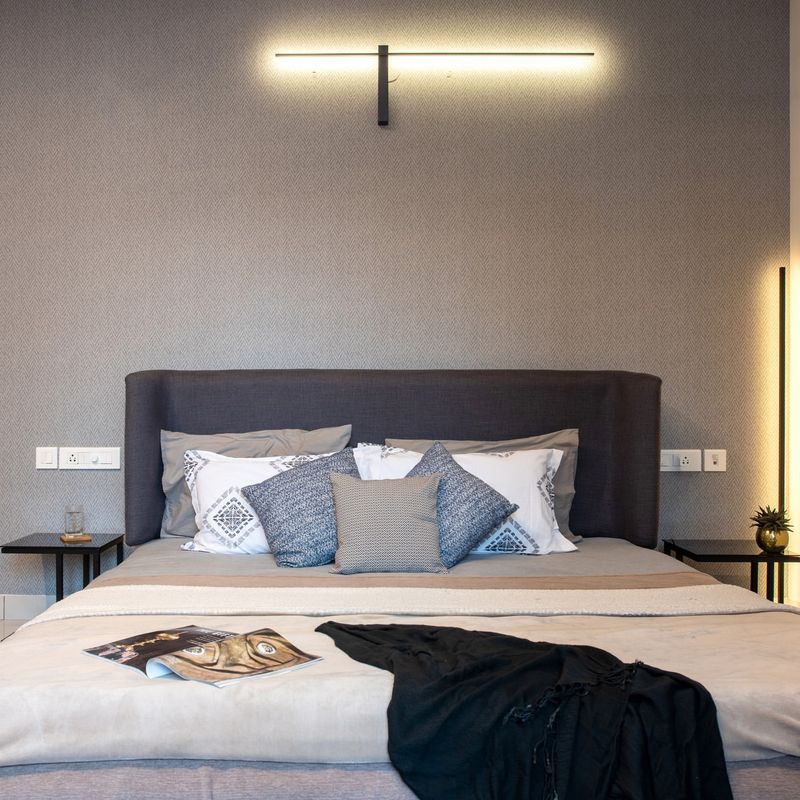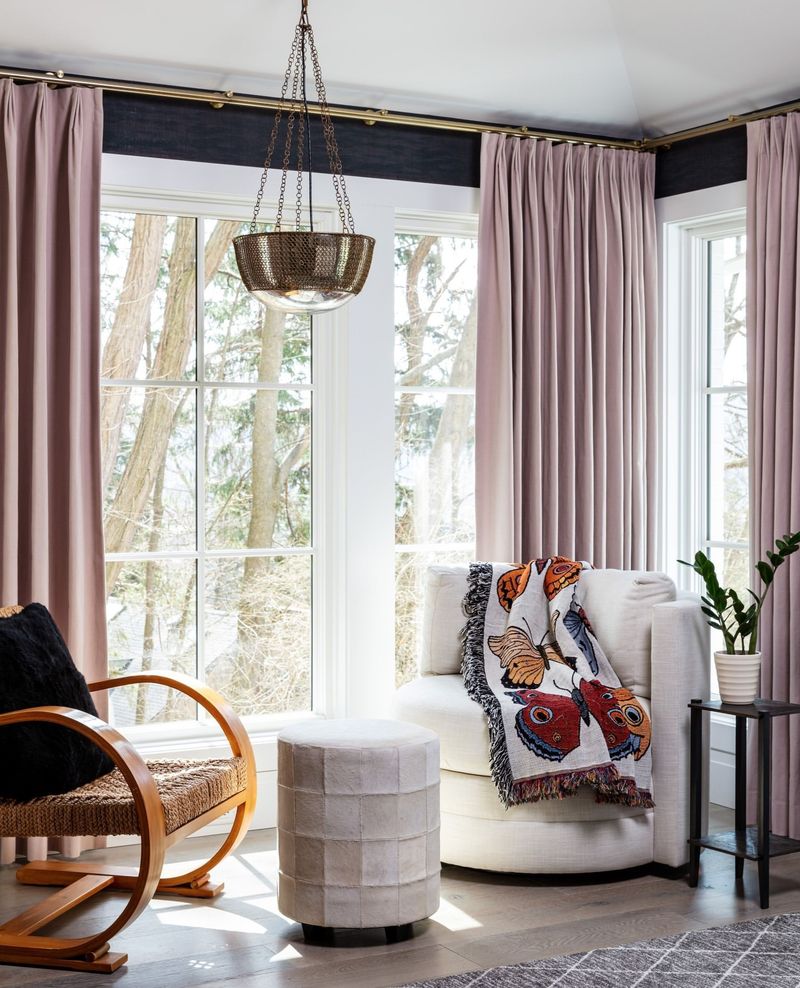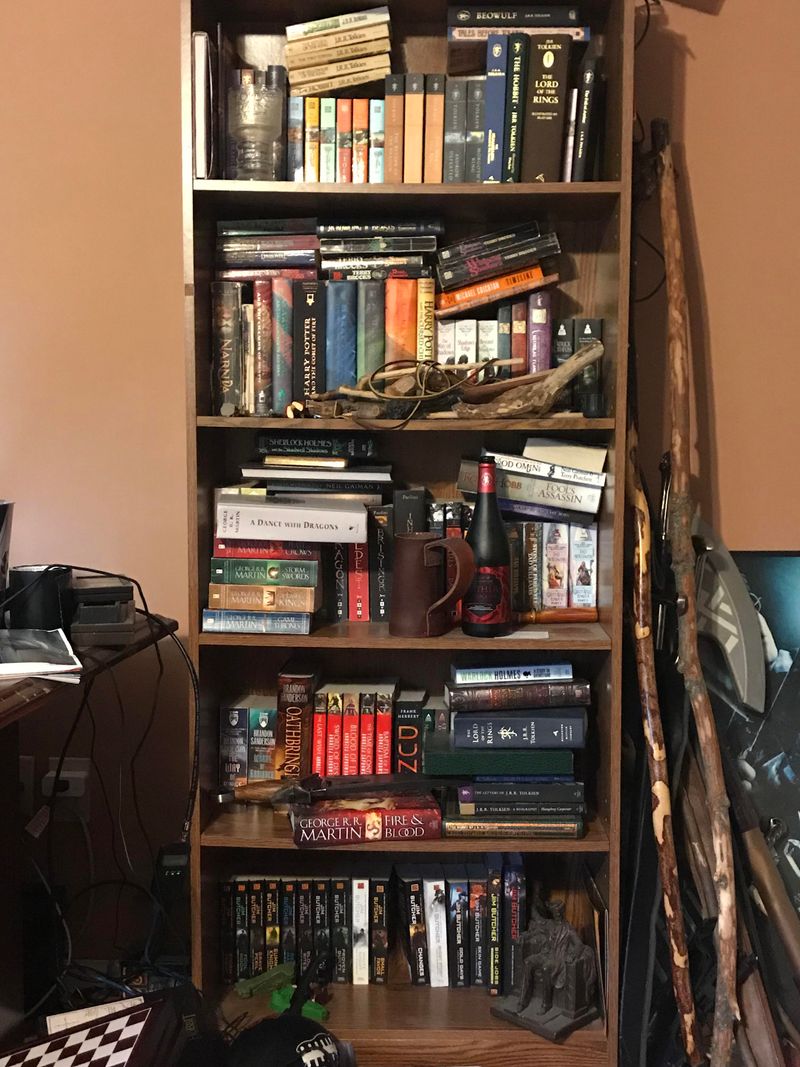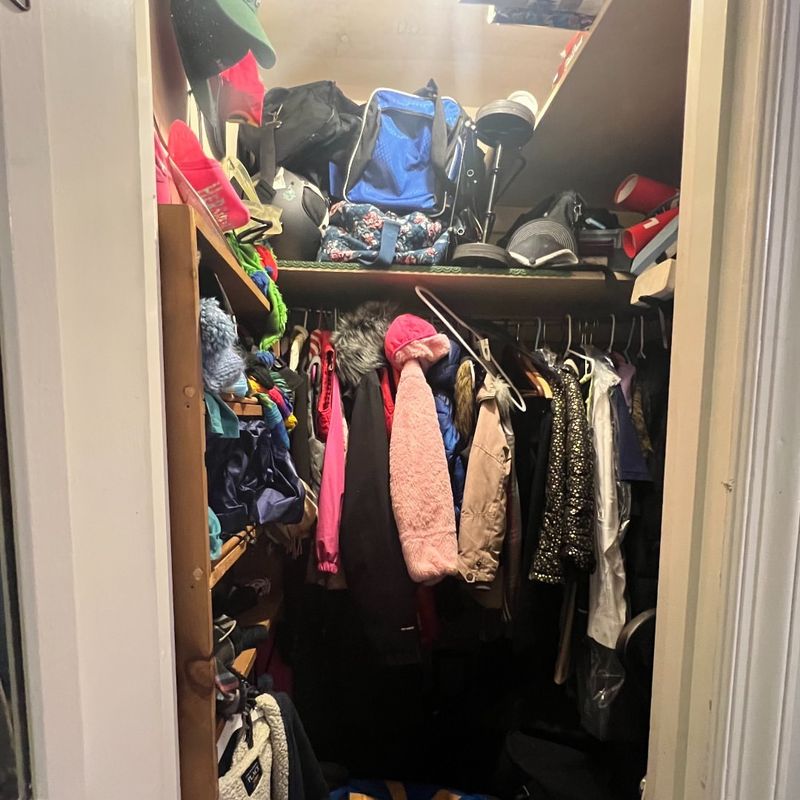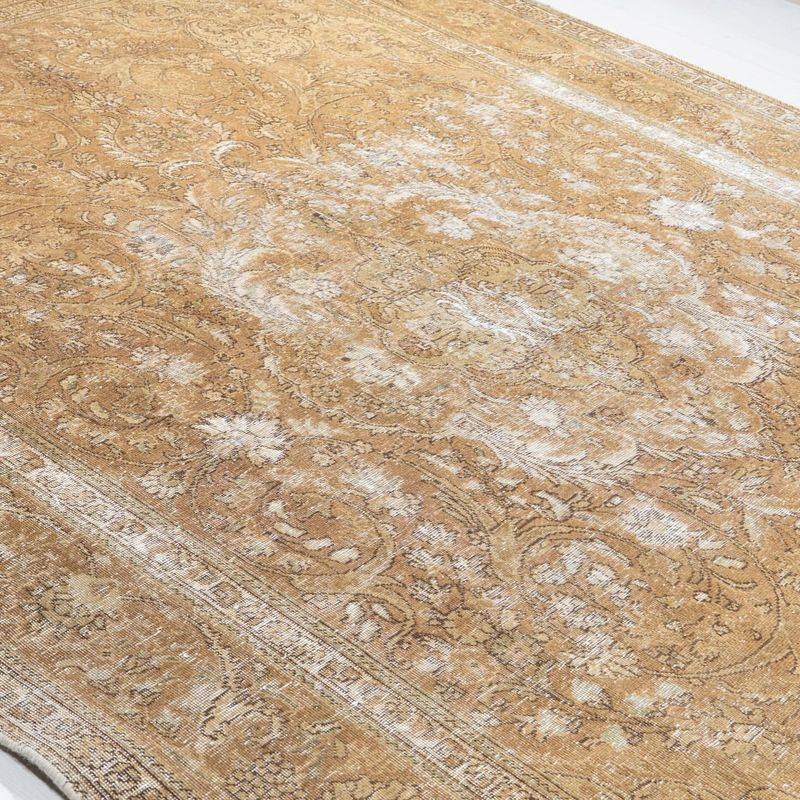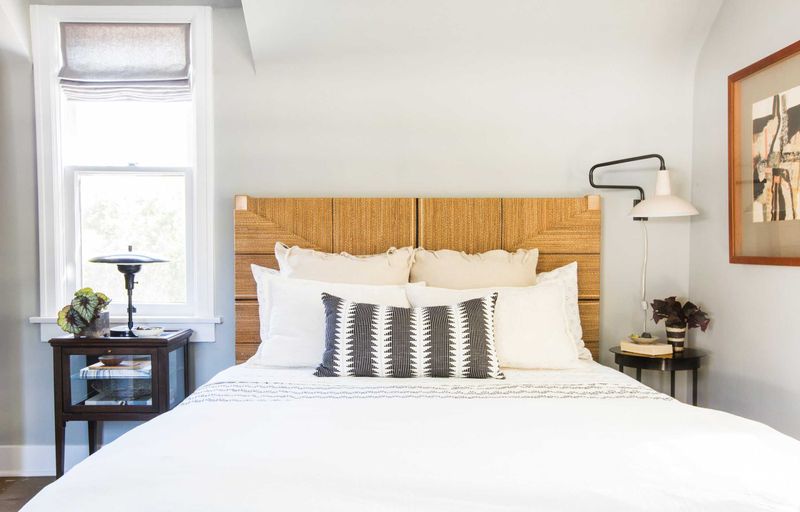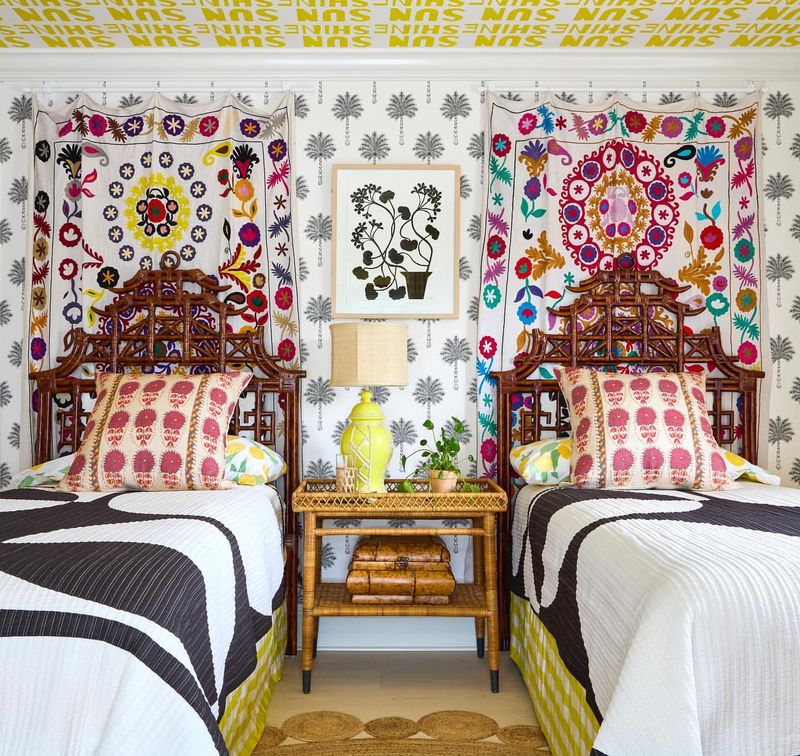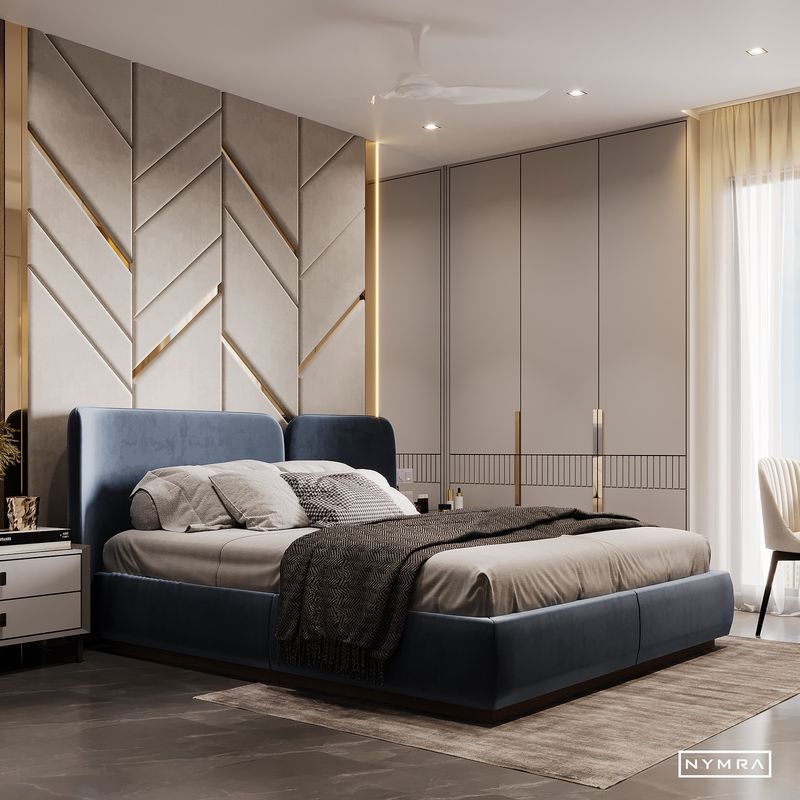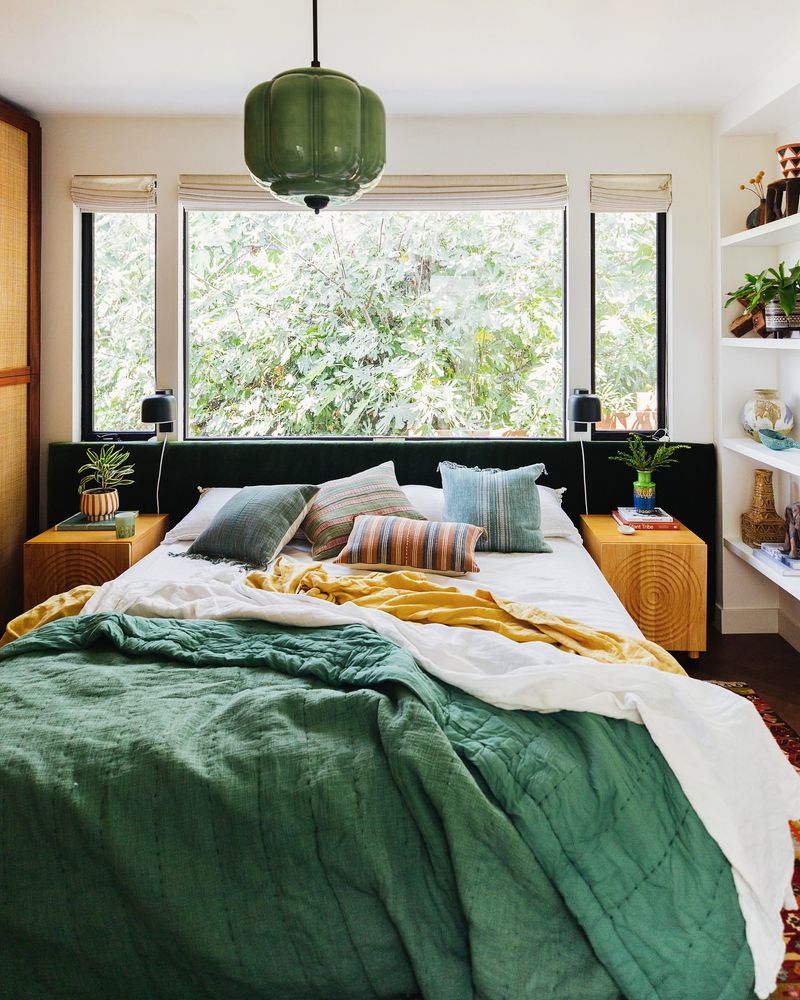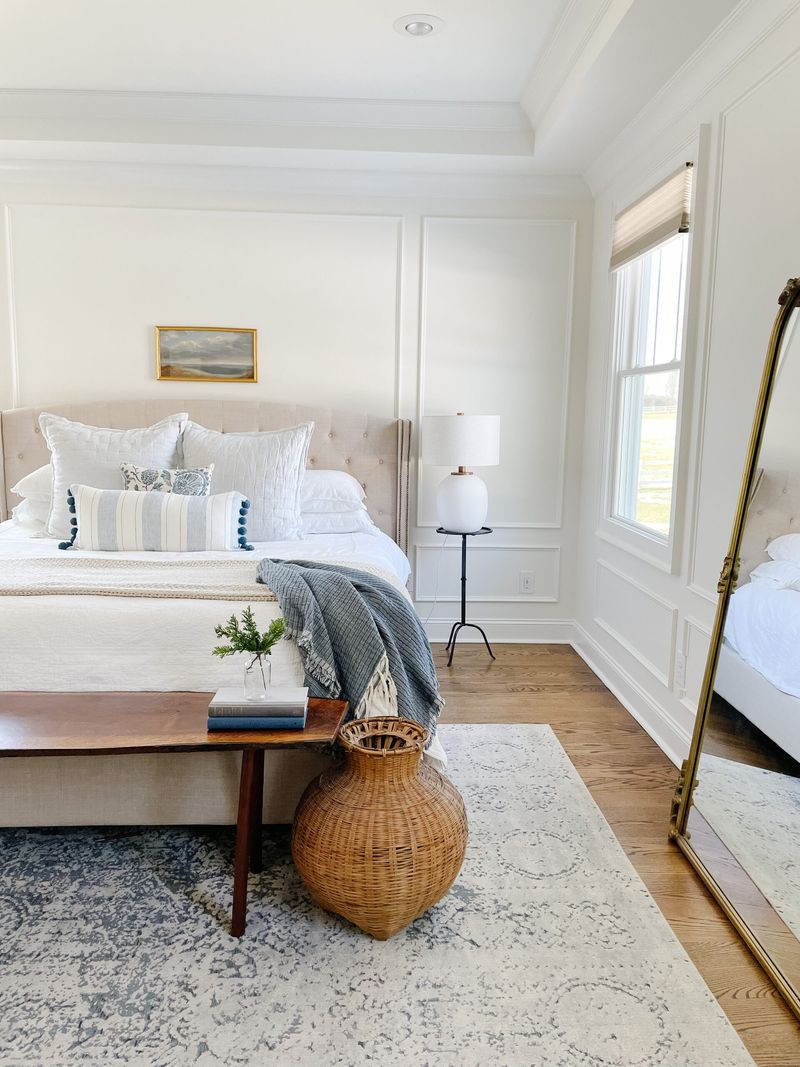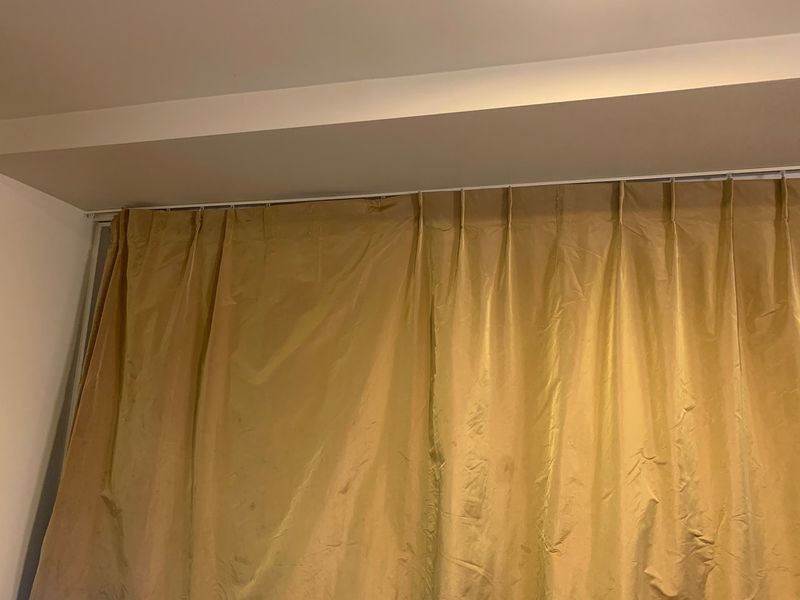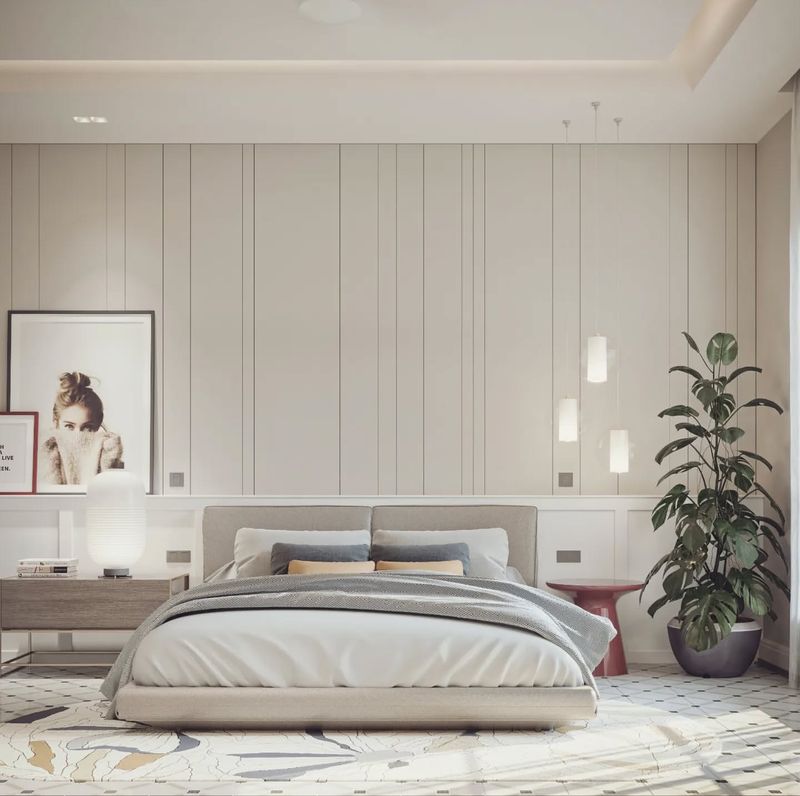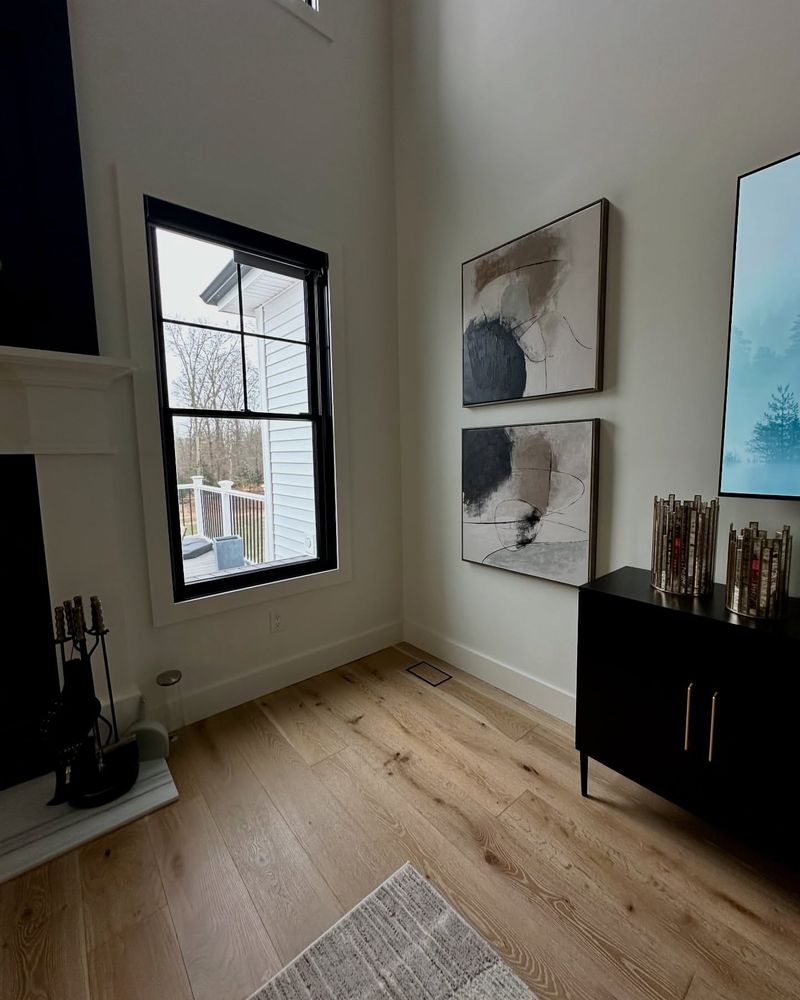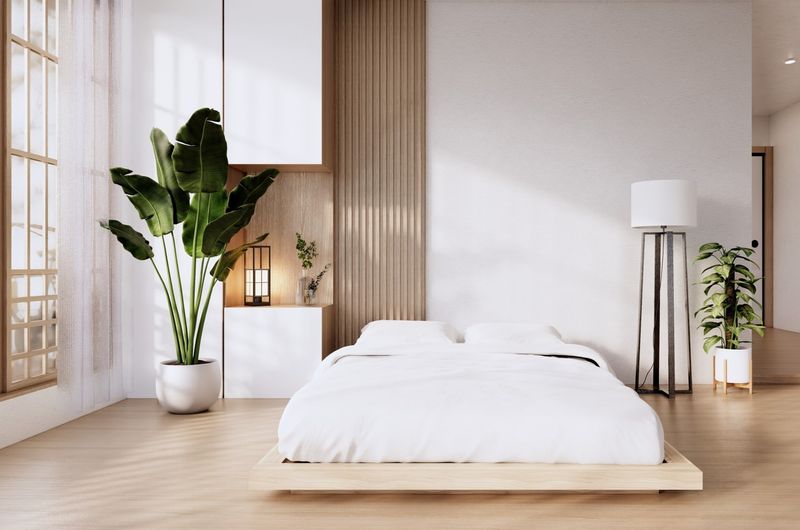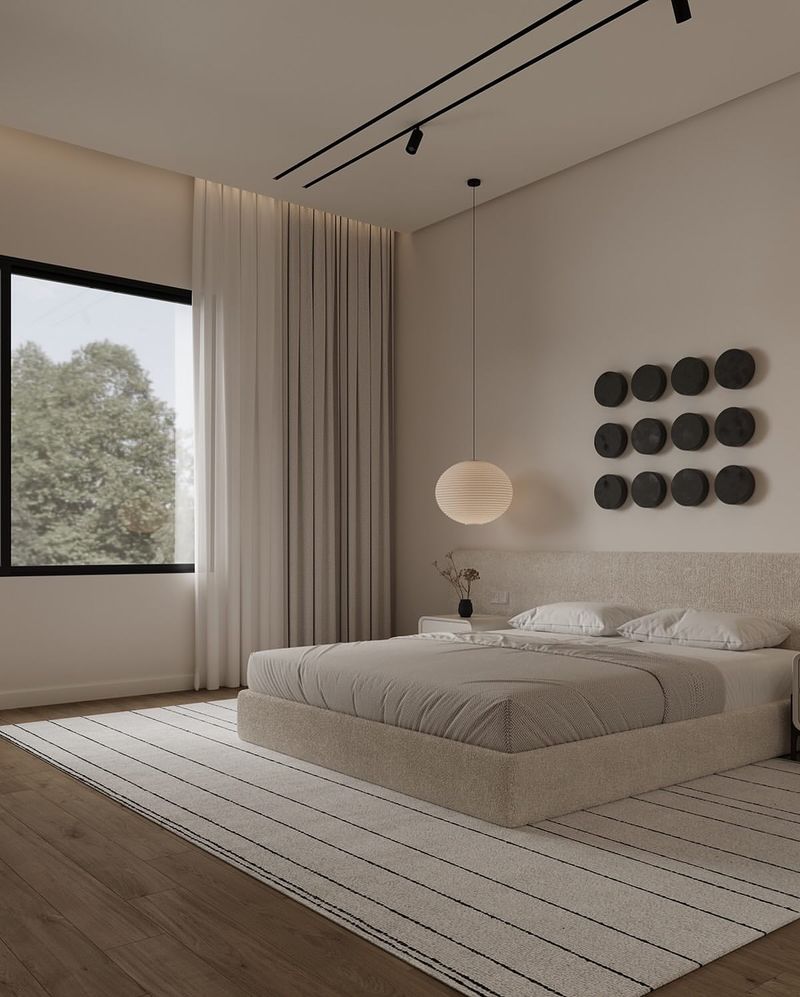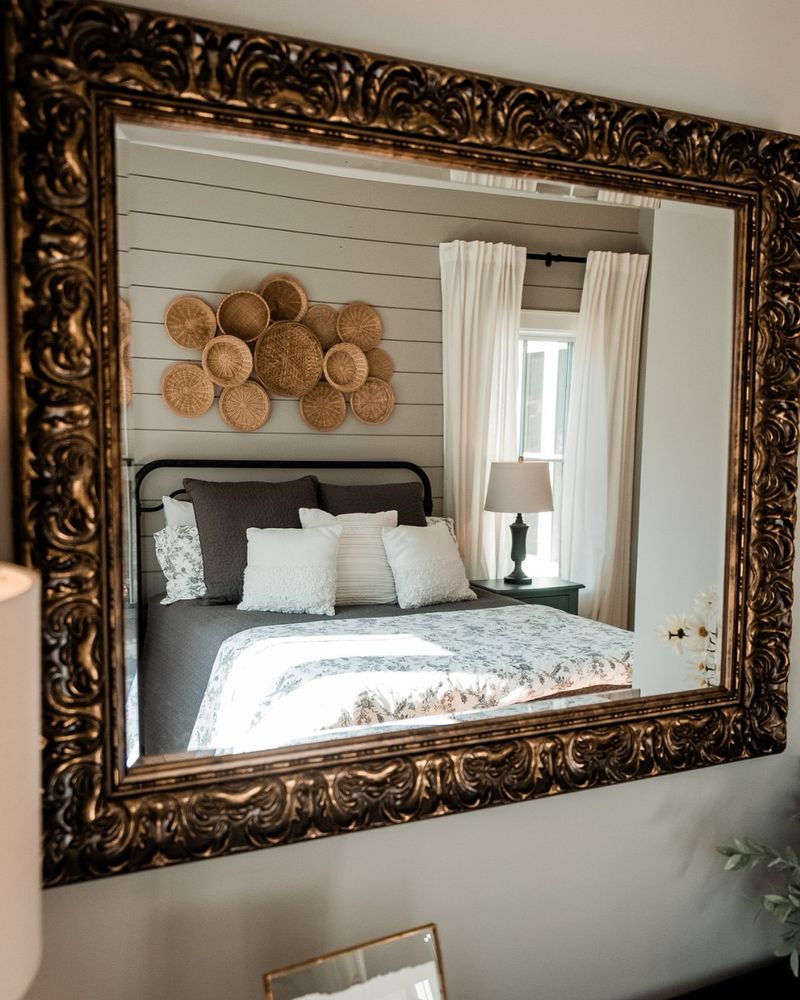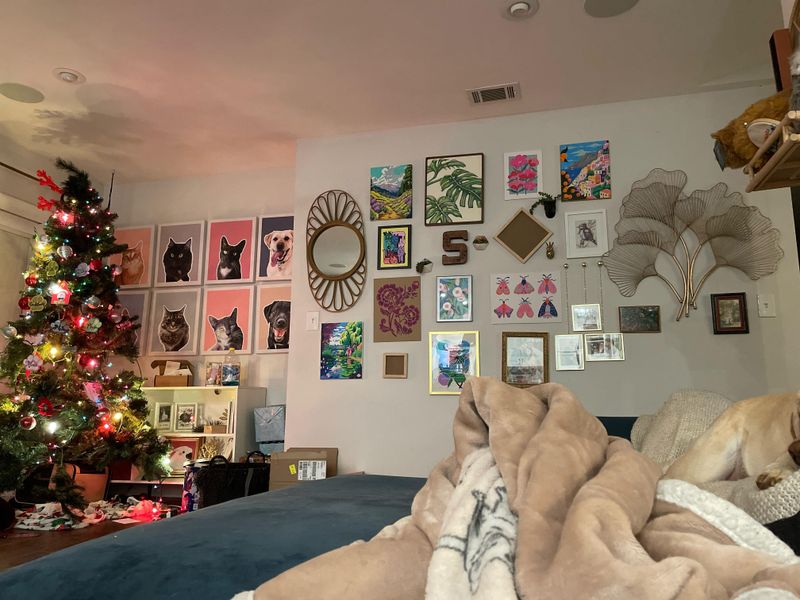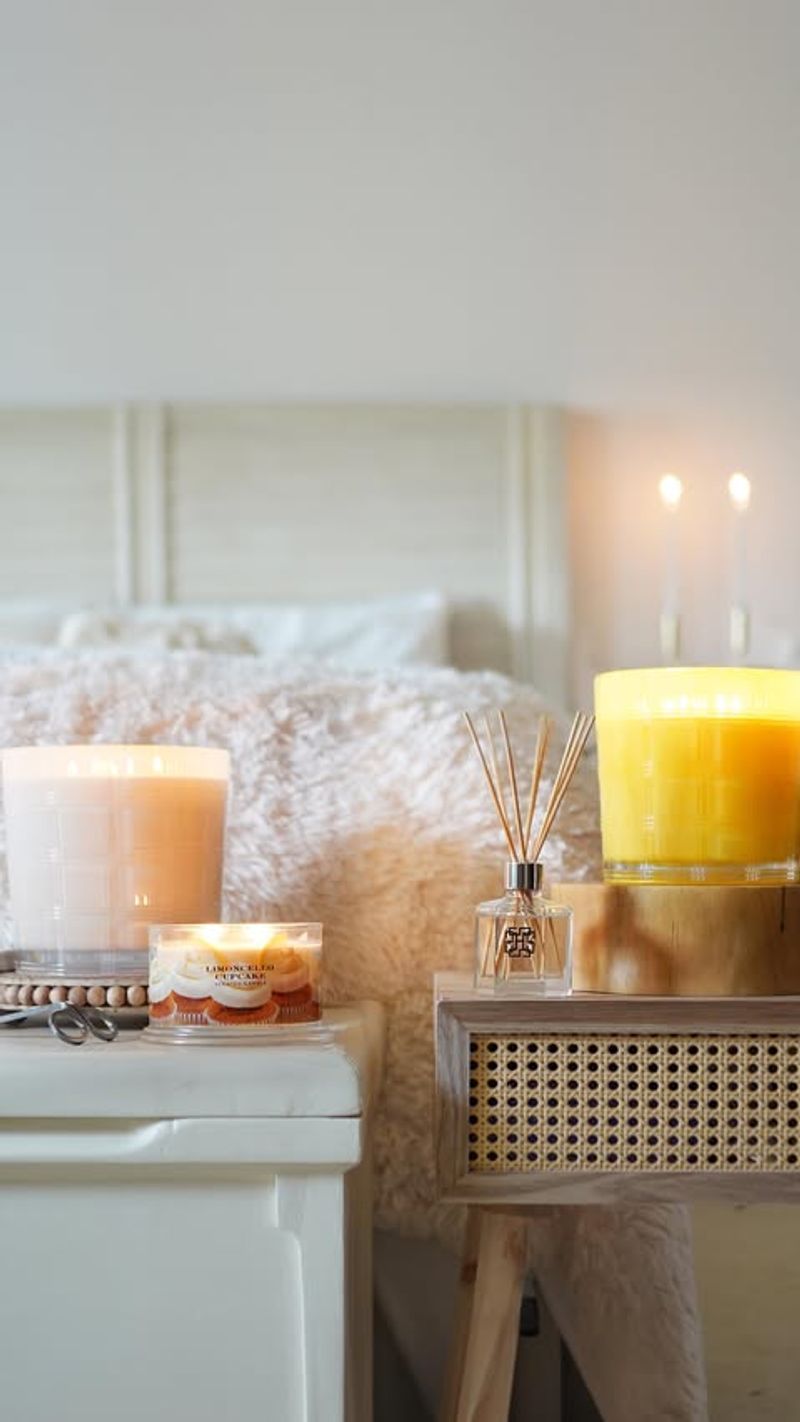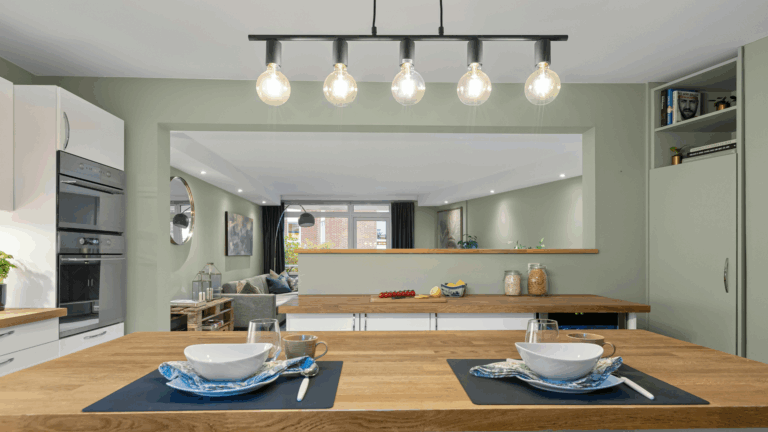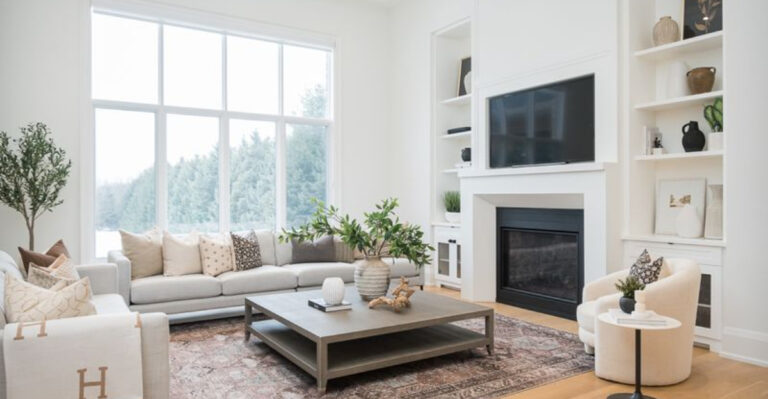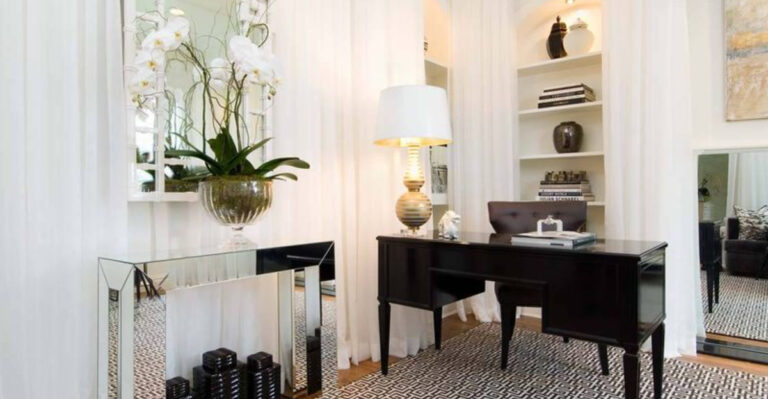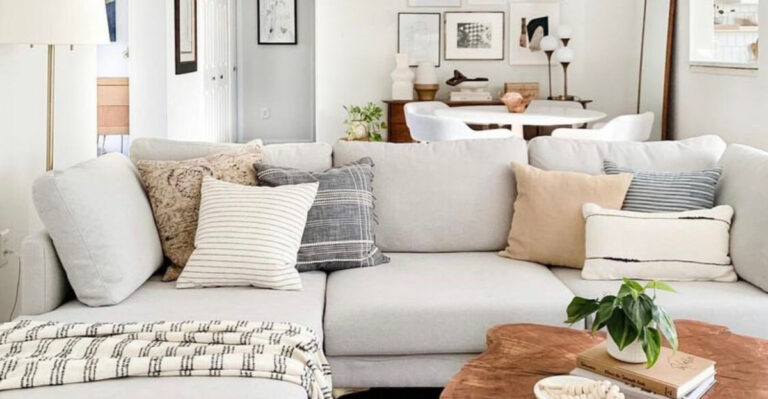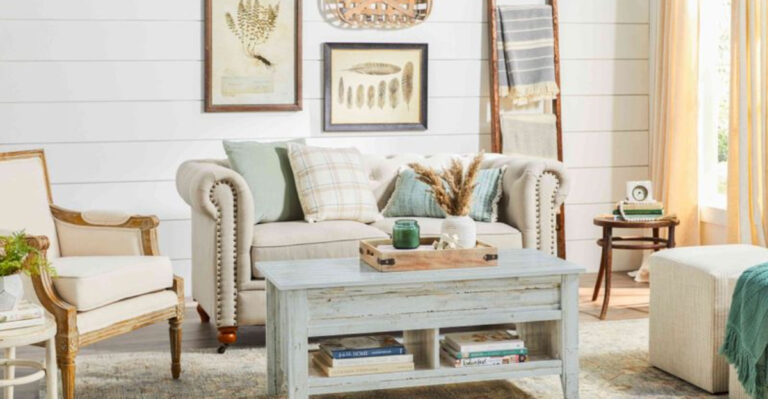26 Things That Immediately Make Your Bedroom Look Bad According To A Designer
Have you ever walked into a bedroom and felt something was off? Designers often notice details that most of us overlook.
Whether it’s clutter or outdated decor, certain elements can make your personal space feel less inviting.
Let’s explore 26 common mistakes that might be making your bedroom look bad, and learn how to fix them with a designer’s eye.
1. Outdated Bedding
Outdated bedding can age your room instantly. Picture a quilt from the 80s paired with mismatched pillowcases. It detracts from a modern aesthetic.
Invest in new bedding that reflects current trends. Think neutral colors or subtle patterns. This doesn’t have to be costly; even swapping pillowcases can refresh the look. A bed is the focal point of a bedroom, so make sure it looks inviting and stylish.
2. Too Many Pillows
An abundance of pillows can overwhelm your bed. Imagine layers upon layers that cover the entire surface. It feels cluttered and impractical.
Keep it simple with just a few that complement your bedding. This ensures your bed remains functional and stylish.
Pillows should add to the aesthetic, not dominate it. A balanced approach keeps your bedroom looking chic.
3. Poor Lighting
Lighting plays a crucial role in bedroom ambiance. A single overhead light often casts harsh shadows, making the room feel cold. Instead, layer your lighting.
Consider bedside lamps for reading, and perhaps a floor lamp for ambient light. This creates a cozy atmosphere.
Dimmers are a designer’s best friend, allowing you to adjust brightness based on mood. Good lighting can transform your space.
4. Inappropriate Art
Art can transform a room, but inappropriate choices clash. Imagine bright modern art in a vintage-themed bedroom. It feels out of place.
Select art that complements the room’s color scheme and style. It should feel like it belongs. Art should add to the theme, not detract from it, creating a cohesive and pleasing environment.
5. Cluttered Surfaces
Walking into a room with cluttered surfaces can be overwhelming. Imagine a dresser piled with random items: books, clothes, and trinkets. It makes the space feel chaotic. Take a moment to clear those surfaces.
Your nightstand should hold only essentials like a lamp and maybe a book. Keeping things minimal helps create a serene environment. Try using decorative trays to organize small items.
Remember, less is more when it comes to maintaining a tidy look.
6. Visible Cords
Visible cords can be an eyesore in a bedroom. Imagine tangled cables around your nightstand or dresser. It disrupts the clean lines of the design.
Use cord management solutions to keep them out of sight. Velcro ties or cable boxes can work wonders. A tidy appearance allows the eye to focus on the room’s aesthetic, not the technical clutter.
7. Inconsistent Color Scheme
A cohesive color scheme is vital for a harmonious bedroom. Clashing colors can create visual chaos, making the space feel disorganized.
Choose a palette and stick to it, incorporating shades that complement each other. This doesn’t mean everything must match, but there should be a sense of unity.
A consistent color scheme ties the room together, enhancing the overall aesthetic.
8. Ignoring Scale
Ignoring the scale of furniture can make a room feel awkward. Picture a tiny bedroom dominated by a massive bed and oversized dresser. It leaves little room to move.
Choose pieces that fit the space appropriately. Smaller furniture can make the room feel larger and more comfortable. Scale is key to creating a balanced look that’s both functional and attractive.
9. Neglected Walls
Bare walls can make a bedroom feel unfinished. Think of a room with nothing but plain paint, devoid of personality. It seems stark and uninviting.
Adding art or wall decor infuses life into the space. Consider pieces that reflect your personal taste.
Even a simple gallery wall can transform the look, making it feel complete and thoughtfully designed.
10. Mismatched Furniture
Mismatched furniture can disrupt the harmony of a bedroom. Consider a bed in one style, a dresser in another, and a nightstand that seems out of place. It feels disjointed.
Try to find a common theme or color to tie pieces together. You don’t have to buy new; sometimes a coat of paint does wonders.
Mixing different styles can work if done intentionally, but without a plan, it often looks haphazard.
11. Messy Open Storage
Open storage is tricky; it can look stylish or untidy. Imagine shelves crammed with disorganized books and clothes. It feels cluttered.
Keep open storage neat by organizing items and using boxes or baskets. This maintains a tidy appearance.
Displaying only select items keeps the space looking intentional and curated rather than chaotic.
12. Overstuffed Closets
An overstuffed closet can spill chaos into your bedroom. Picture clothes and shoes flowing out, creating disorder. It feels cramped.
Regularly declutter and organize your closet space. Donate or store items you no longer wear.
A tidy closet keeps the bedroom feeling spacious and serene, making it easier to find what you need.
13. Worn-Out Rugs
A worn-out rug can drag down the entire room’s appearance. Think of a frayed carpet that clashes with the decor. It seems shabby and outdated.
Investing in a new rug that complements the room can rejuvenate the space. Consider colors and patterns that tie into the overall design.
A well-chosen rug can act as an anchor, bringing cohesion and style to the bedroom.
14. Uncoordinated Bedside Tables
Uncoordinated bedside tables can create an unbalanced look. Picture mismatched styles flanking your bed, lacking symmetry. It feels uneven.
Strive for coordination, either in style or color. Even painting them the same shade can create cohesion.
Symmetrical bedside tables contribute to a harmonious and well-thought-out bedroom design.
15. Too Much Pattern
Patterns can add interest, but too many create chaos. Imagine patterned walls, bedding, and curtains all competing for attention. It’s overwhelming.
Choose one or two patterns and balance them with solid colors. This creates a more harmonious look.
Patterns should enhance your bedroom, not dominate it. Thoughtful use of pattern adds elegance and style.
16. Lack of Greenery
Greenery brings life to a bedroom. Without it, the space can feel sterile and lifeless. Imagine a room with no plants or flowers.
Adding even a small potted plant can dramatically change the atmosphere. Plants purify air and add a touch of nature.
They don’t have to be high maintenance; even succulents can offer beauty with minimal care.
17. Undressed Windows
Undressed windows leave a room feeling exposed and unfinished. Imagine bare glass with nothing to soften or frame the view. It’s stark.
Consider adding curtains or blinds to provide privacy and style. Choose materials that complement your decor. Window treatments add warmth and can be both functional and decorative, enhancing the room’s overall look.
18. Ignoring Architectural Details
Ignoring architectural details can be a missed opportunity. Consider beautiful molding or beams left unnoticed. They add character.
Highlight these features by painting them a contrasting color or accentuating them with lighting. They can become focal points. Embracing architectural details enhances the uniqueness of your room and adds sophistication.
19. Unkempt Curtains
Curtains can make or break the look of a room. Unkempt, wrinkled, or mismatched curtains create an untidy appearance.
Ensure they hang evenly and are the right length. Iron or steam them to remove wrinkles. Consider a style that complements your room’s decor. Your curtains should frame the window gracefully, adding elegance to the space.
20. Monotone Palette
A monotone palette can make a room feel flat. Picture everything in the same shade, devoid of contrast. It’s bland.
Introduce varying tones and textures to create depth and interest. Even subtle changes can have a big impact.
A varied palette brings life and vibrance to your bedroom, keeping it engaging and dynamic.
21. Empty Corners
Empty corners can make a room feel incomplete. Imagine large gaps without decor or furniture. It seems underutilized.
Consider adding a chair, plant, or decorative piece to fill the space. It adds interest and balance. Utilizing corners effectively can transform your bedroom into a more inviting and well-rounded environment.
22. Lack of Personal Touch
A lack of personal touch can leave a bedroom feeling cold. Picture a space with no photos or personal decor. It lacks warmth.
Incorporate items that reflect your personality, like artwork or keepsakes. It brings character and comfort. Personal touches make a bedroom truly yours, inviting and filled with memories.
23. Ignoring Texture
Ignoring texture leaves a room feeling one-dimensional. Picture flat surfaces everywhere, devoid of variety. It’s uninspiring.
Introduce different materials like wood, metal, or fabric to add depth. It creates a richer look.
Texture adds layers and interest, transforming your bedroom into a tactile and inviting space.
24. Misplaced Mirrors
Misplaced mirrors can reflect undesirable views. Imagine a mirror highlighting clutter or awkward angles. It detracts from the design.
Position mirrors where they reflect light or beautiful aspects of the room. They should enhance, not hinder. A well-placed mirror can expand the space and add elegance.
25. Unbalanced Decor
Unbalanced decor can make a room feel awkward. Picture items grouped unevenly, throwing off harmony. It feels unsettled.
Arrange decor symmetrically or in thoughtful groupings. Balance is visually pleasing. A balanced arrangement fosters a sense of calm and order, enhancing the room’s aesthetic.
26. Overpowering Scent
Overpowering scents can overwhelm the senses. Imagine a room filled with strong fragrances from multiple candles. It becomes suffocating.
Choose subtle scents and use them sparingly. A single, well-chosen candle can add a pleasant aroma. A light fragrance enhances the ambiance without dominating it, keeping the bedroom relaxing.

